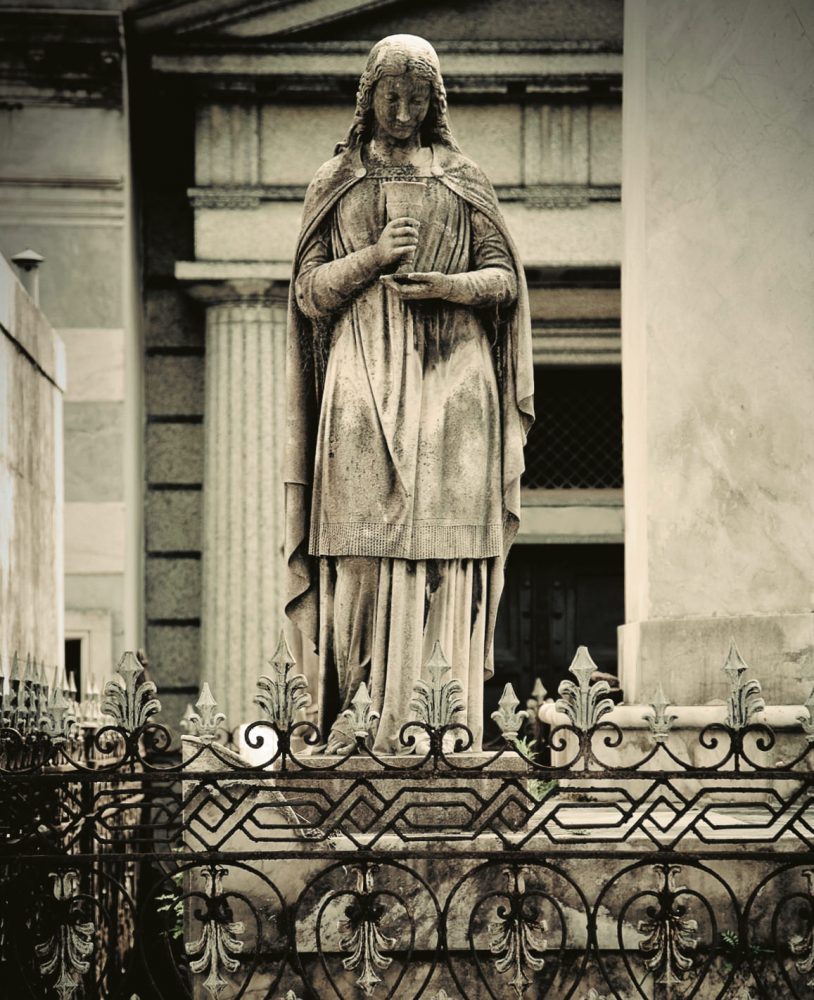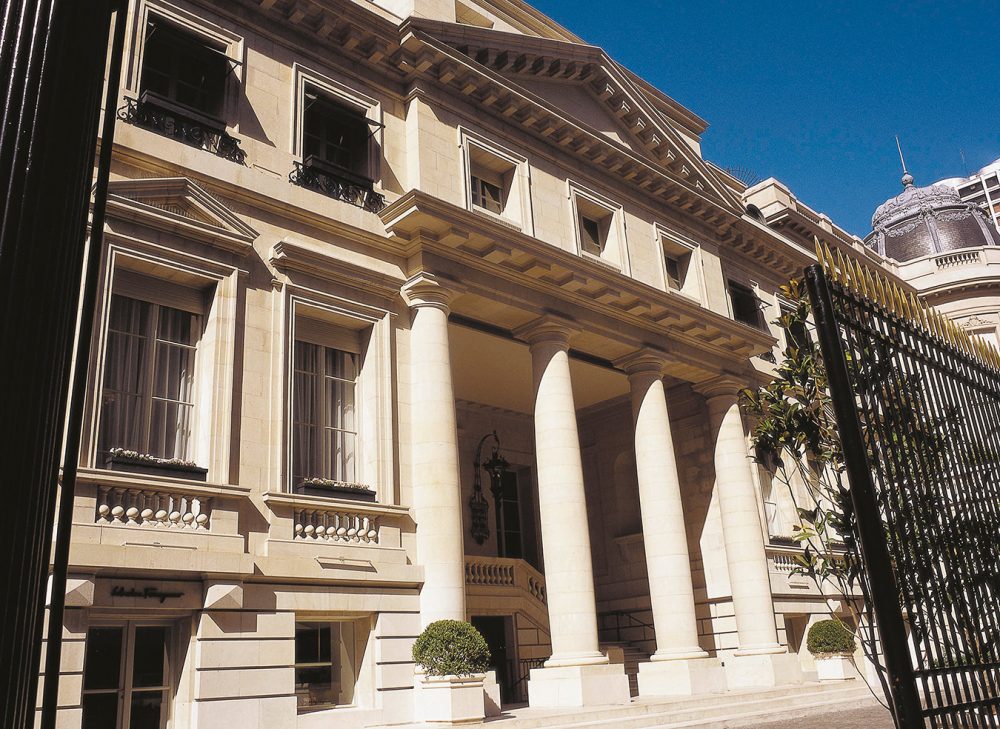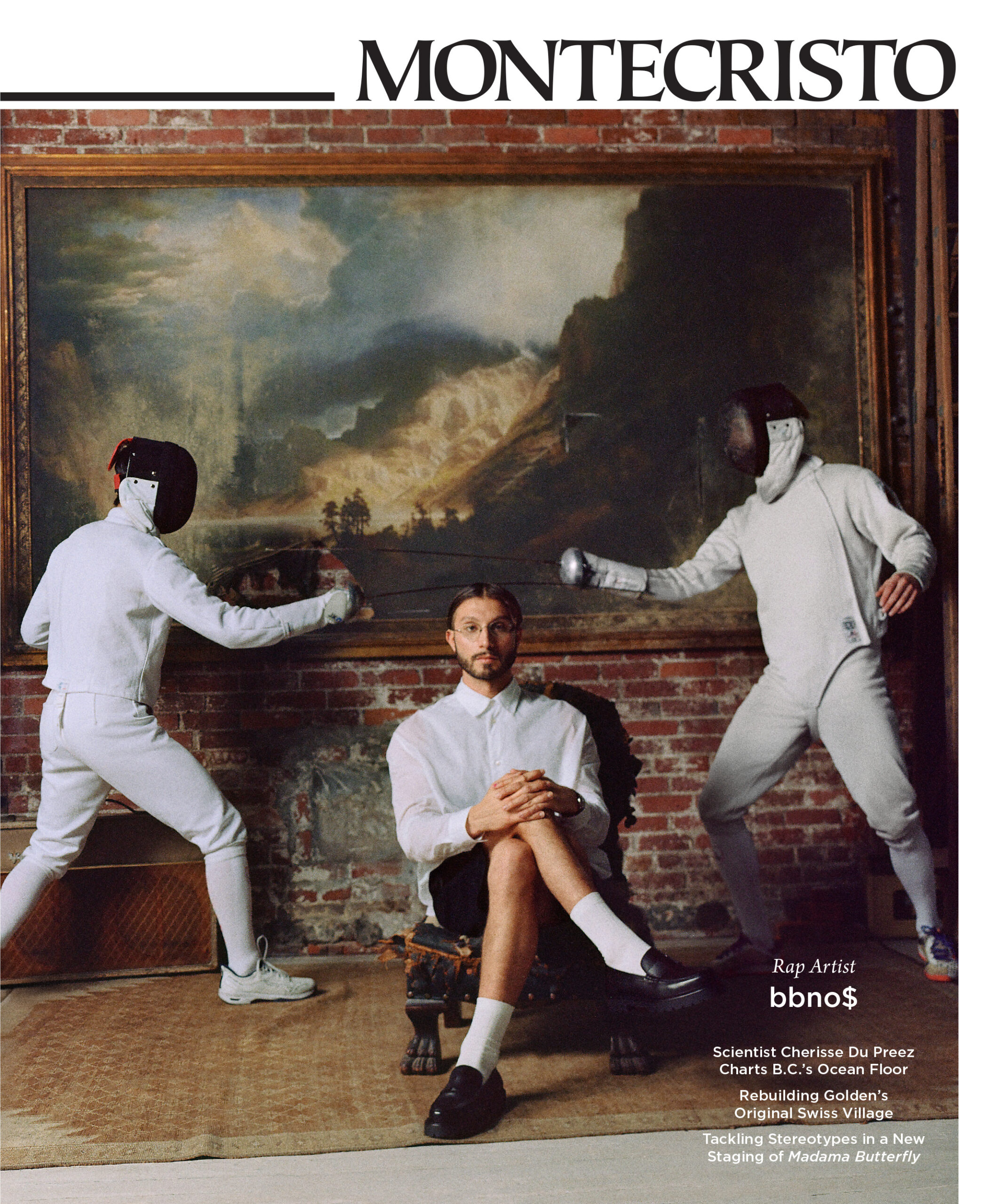Marlene Dietrich remarked in 1959, “Latins are tenderly enthusiastic. In Brazil they throw flowers at you. In Argentina they throw themselves.” It’s as true today as it was then in Buenos Aires, a cosmopolitan city with French architecture, Italian influence and Spanish sensibility.
I check into the Nuss, a chic 22-room hotel overlooking a central courtyard in the stylish Palermo Soho quartier. This former Spanish convent has a relaxed vibe with an enthusiastic and friendly staff. Like its London namesake, Palermo Soho has a youthful energy and is known for its attractive high streets. With hip designer boutiques, art galleries, lively bistros and nightclubs, a Bohemian breeze blows through the tree-lined streets and cafés. Many restaurants in the neighbourhood will take bookings from 7 p.m. but porteños (Buenos Aires residents) generally don’t eat until at least 9 p.m.
Last year, UNESCO declared the tango to be part of the Representative List of Intangible Cultural Heritage of Humanity. The dance style emerged in the late 1800s, when ex-slaves, dock workers and immigrants in the port districts of Buenos Aires and Montevideo, Uruguay, danced a mix of African rhythms and traditional European folk dances. The sensuous dance didn’t gain popularity with Buenos Aires’s respectable classes until after it became a craze in Paris in the 1920s. Today, locals consider the tango shows a spectator sport and prefer the more waltz-like tango danced in milongas, the tango dance halls found around Buenos Aires. I found my favourite milonga at the atmospheric Confiteria Ideal, where a scene from the 1996 movie-musical Evita was filmed.
I’m up early the next morning to tour the famous La Recoleta Cemetery in the most scenic and upscale neighbourhood in the city. This is where grand neoclassical buildings display the fashions of Valentino, Fendi, Escada, Ralph Lauren and others. Nearby, the cemetery houses art nouveau, art deco and modernist-style mausoleums where Argentina’s most prominent families are laid to rest. Over 70 tombs in Recoleta have been declared National Historic Monuments. Most come to visit the unpretentious Duarte family tomb where the charismatic and controversial Eva Duarte Perón is buried under several layers of steel and concrete.
Later, I meet Andrés Rosberg, president of the Argentina Sommeliers, at Don Julio, his favourite parrilla steakhouse for lunch. (A parrilla is a cast-iron barbecue grate set over hot coals.) Popular with locals, the rustic room has a balcony overlooking the main floor and a patio. The gigantic sizzling grass-fed steak alone is worth a trip, but after tasting grilled sweetbreads, chorizo and blood sausage, I want to move here. “We love our meat and eat it every second day,” says Rosberg. This passion is only matched by that for local wine. Hardly surprising; Argentina is the world’s fifth-largest wine-producing nation.
Rosberg recommends a visit to Casa Coupage in the heart of Palermo, to meet sommeliers Inés Mendieta and Santiago Mymicopulo, the dynamic owners of the first private wine club and restaurant in Buenos Aires. On Wednesdays, they offer blind tastings with generous food pairings. Their goals are not based on intellectual wine musings but on what you are personally feeling. It is fascinating to taste how each wine interacts with the same dish very differently—one wine complements the seafood in the dish while the other plays off the sauce. I am seduced by the whole experience. On Thursdays and Fridays, Casa Coupage functions as a restaurant, by reservation only.
For bar-setting luxury, the glamorous Palacio Duhau Park Hyatt with a spectacular terraced garden is truly beautiful. The Palacio is a historic beaux arts mansion that has been converted into an astonishing lobby and restaurant; the guestrooms are in a limestone tower across the garden. Even if you don’t stay, you should at the very least come for a meal and visit the underground art gallery. It connects the two buildings and is filled with an outstanding collection of Latin American art.
From stylishly sophisticated to beguilingly bohemian neighbourhoods, the elegant boulevards, Old World cafes and up-until-dawn nightlife all conspire to captivate me just as they must have done to Marlene 50 years ago.










